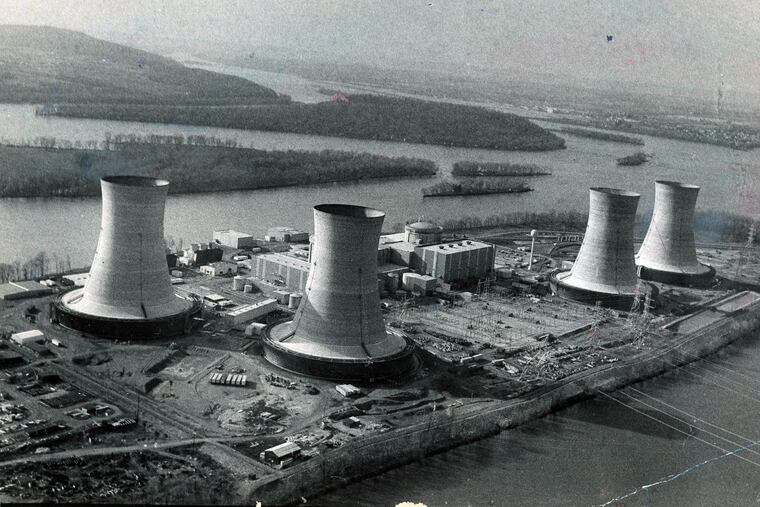The dark side of nuclear power
Considering nuclear as a climate-friendly source of power only works if you ignore the environmental costs entirely.

On March 28, 1979, the fairytale of nuclear energy was destroyed when Three Mile Island, a nuclear power station near Harrisburg, came within 30 minutes of a full meltdown. The reactor vessel was destroyed, and large amounts of unmonitored radiation were released directly into the community.
My father admired nuclear technology. I remember when I was a kid, as we drove toward Three Mile Island, he would confidently welcome the billowing steam clouds. My dad assured me that an accident was not possible. A meltdown, we were told, was as likely as a meteor falling from the sky.
I believed my dad. We believed in the nuclear industry and the government, too. Today, I trust neither.
At the time of the Three Mile Island accident, I was 19 years old and a freshman in college. I am now 62. I know from my career monitoring Three Mile Island that considering nuclear as a climate-friendly source of power only works if you ignore the environmental costs entirely.
The nuclear power industry argues that the problem of climate change can be solved by building more nuclear power plants, which they claim are carbon neutral. Yet from the moment uranium is mined, milled, enriched, fabricated, and transported, it releases large amounts of greenhouse gasses into the atmosphere.
With nuclear-friendly administrations in Harrisburg and Washington, fanciful myths about nuclear energy have multiplied. Consumers, taxpayers, and citizens have been told that nuclear power deserves a second chance because it is environmentally friendly.
This argument is disingenuous. It ignores nuclear power’s legacy of air pollution, contamination of water resources, and long-lived nuclear waste.
Nuclear power plants use millions of gallons of water daily to cool their superheated reactor core and place an enormous strain on water supplies via consumption and pollution. Nuclear power plants consume more water than any other kind of power plant. For example, when it was operating, the Indian Point Nuclear Power Plant in New York consumed over two billion gallons of water per day (twice the amount of water as the entirety of New York City), and it killed over two million fish per year.
There are 54 operating nuclear power plants in the U.S. and five in Pennsylvania, making ours the state with the second-largest nuclear capacity behind Illinois.
Production of nuclear fuel creates more terrorist targets, more nuclear proliferation, more toxic waste — and less safety and security, with fewer resources for alternative energy development.
There are nearly 80,000 tons of high-level radioactive garbage scattered among 80 sites, including five in Pennsylvania. There are nearly 8,000 metric tons of high-level radioactive waste stored in cooling pools and temporary casks in Pennsylvania. The waste remains toxic for thousands of years.
Nuclear power’s greenhouse gas “cure” claims must be examined by tracing its fuel cycle. It is clear that the production of nuclear electricity is not “clean,” “green,” or “carbon-free.”
Nuclear energy is not the answer to the climate crisis. We need to focus on internal sources of energy, and deploy home-grown renewable energy — like solar and wind — which are clean, green, and supported by the market. We need to view water as a precious resource and limited commodity, not a nuclear subsidy.
The next time someone tells you nuclear power does not harm the environment, tell them where they can recycle their junk science.
Eric J. Epstein was the chairman of Three Mile Island Alert, a safe-energy organization based in Harrisburg and founded in 1977. TMIA monitors Peach Bottom, Susquehanna, and Three Mile Island nuclear-generating stations. epstein@efmr.org